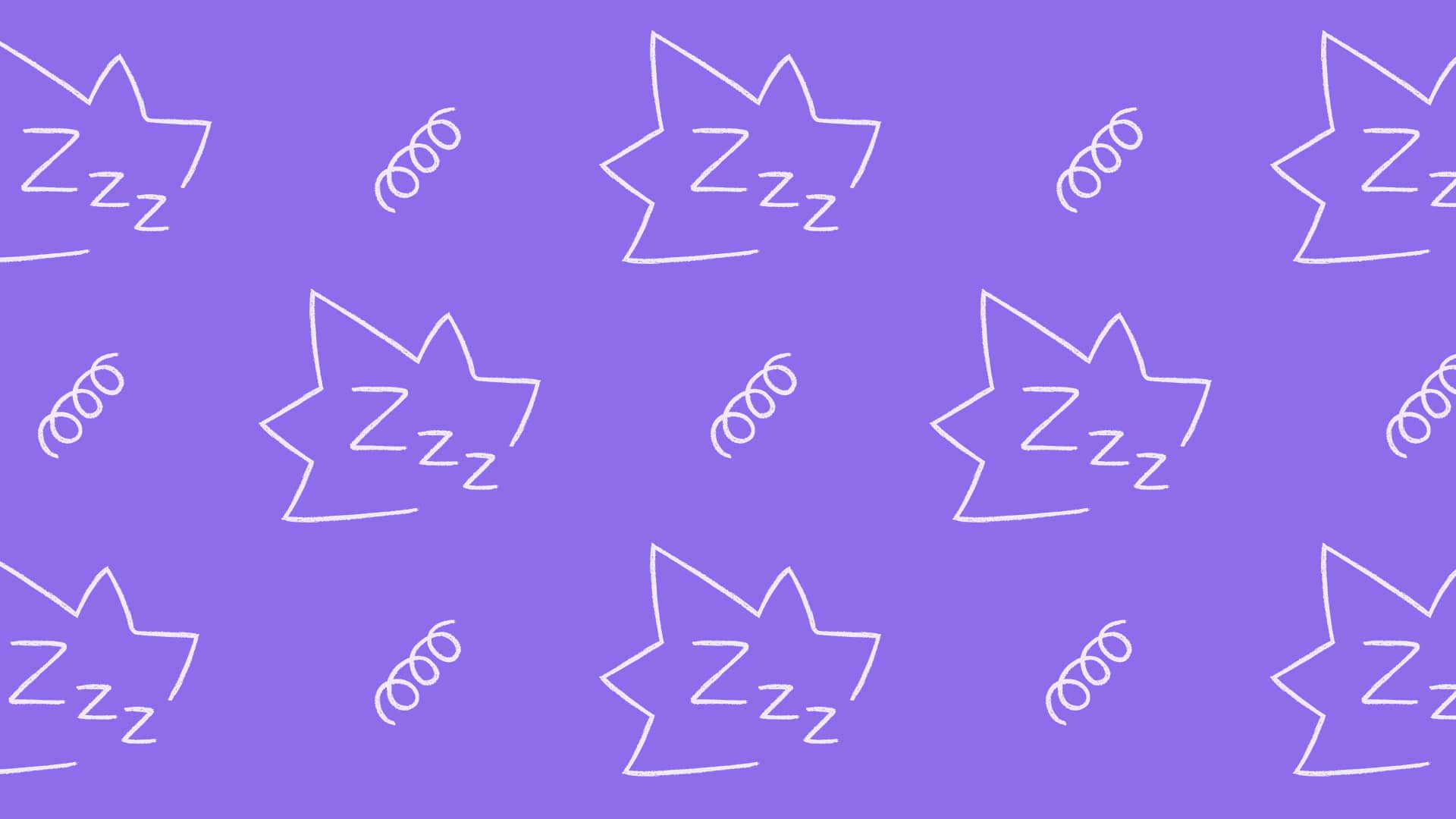
- 4 mins
7 Signs Your Kids Aren’t Getting Enough Sleep

What is sleep apnea? Sleep apnea is a disorder in which a person experiences one or more pauses in breathing or shallow breaths while asleep. These episodes can last from a few seconds to minutes and can happen dozens of times per night. As a result, the sleeper often wakes up tired, even if they have had a full night’s sleep.
Sleep apnea is a serious condition that can lead to high blood pressure, heart disease, stroke, and other health problems. It is estimated that 18 million Americans have sleep apnea, although many are undiagnosed. It can occur in people of any age, but it is more common in adults, especially those who are overweight or have large necks. Men are also more likely to have sleep apnea than women.
Obstructive sleep apnea (OSA) is the more common type and occurs when the throat muscles relax and block the airway. According to Chang and Chae (2010), the prevalence of OSA in children is approximately 3%.
Central sleep apnea (CSA) occurs when the brain does not send proper signals to the muscles that control breathing. According to McLaren et al. (2019), approximately 1% to 5% of healthy children are affected by CSA.
There are a few things you can look for if you think your child may have sleep apnea. First, pay attention to whether or not your child snores. If they snore, it’s important to listen to see if the snoring is loud and/or if it sounds like your child is gasping for air.
Other signs in children include mouth breathing, restless sleep, bed-wetting, and daytime fatigue. If your child has any of these symptoms, you must talk to your child’s doctor.
There are several things that parents can do to help their children, including:
Your pediatrician can also refer you to a sleep specialist who can do further testing and provide support and strategies for you to follow and implement. Sleep apnea is treatable, and your child can lead a healthy and normal life with proper treatment.
Chang, S. J., & Chae, K. Y. (2010). Obstructive sleep apnea syndrome in children: Epidemiology, pathophysiology, diagnosis, and sequelae. Korean Journal of Pediatrics, 53(10), 863–8871.
McLaren, A. T., Bin-Hasan, S., & Narang, I. (2019). Diagnosis, management and pathophysiology of central sleep apnea in children. Paediatric Respiratory Reviews 30, 49–57.